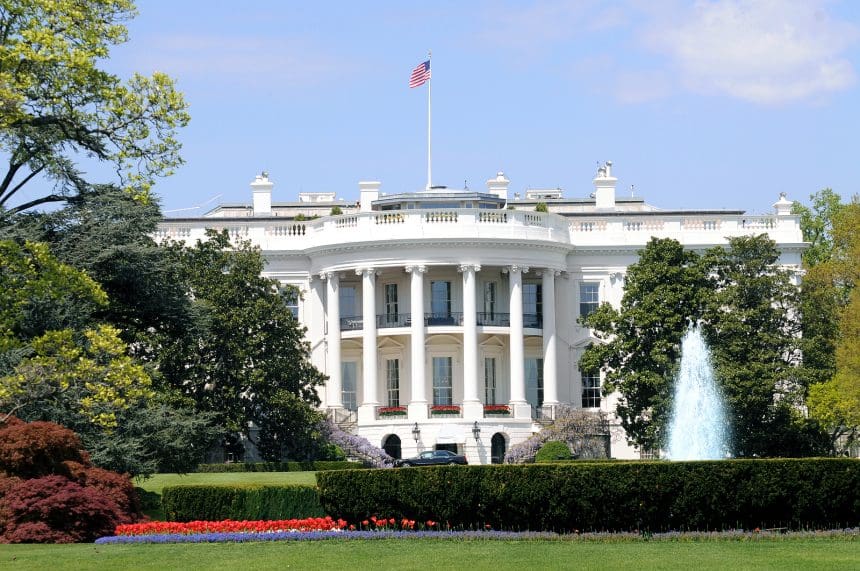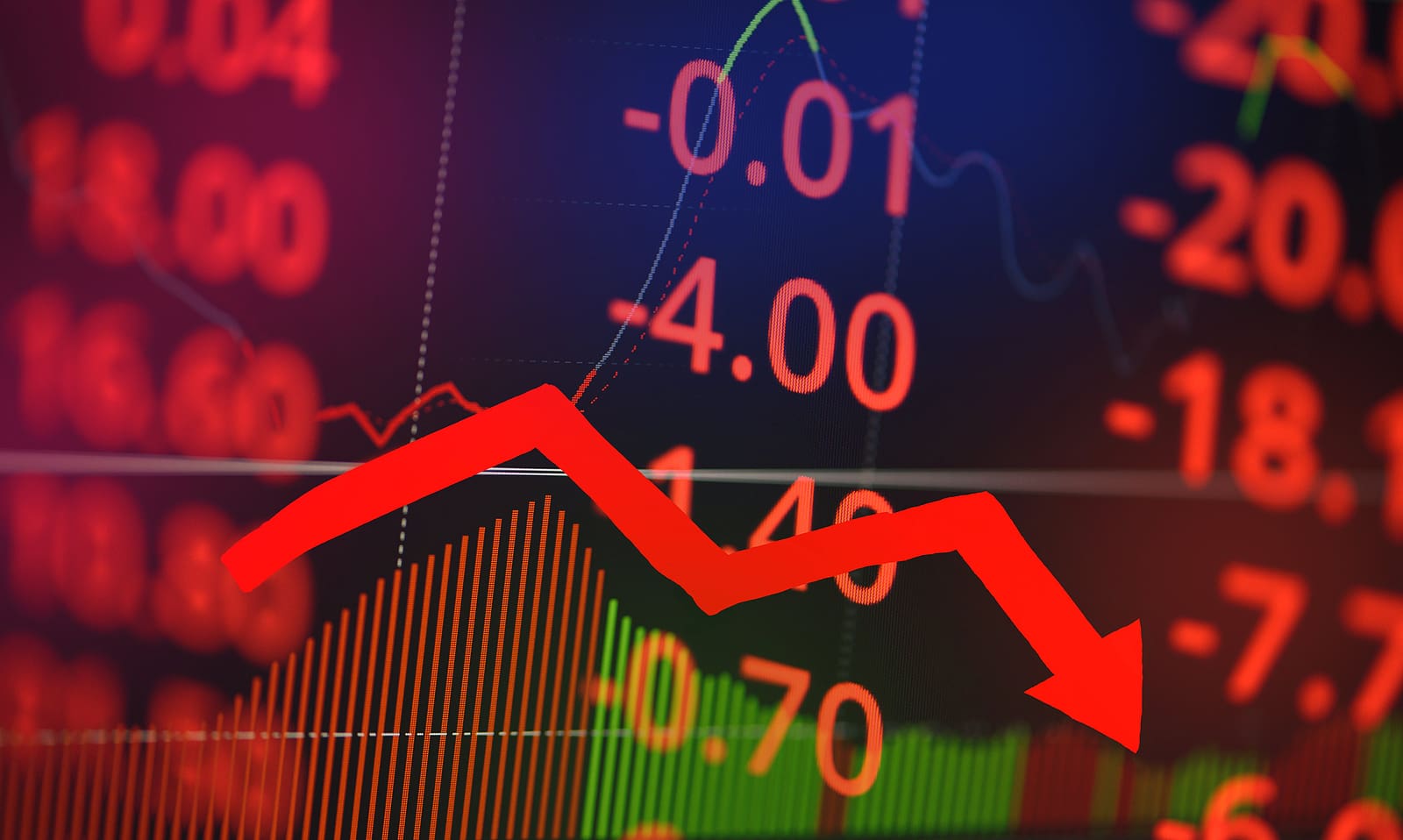Russia-Ukraine War: Latest News, Peace Talks, and Theories of Victory
ST. LOUIS, MO (STL.News) War — The war between Russia and Ukraine continues to dominate global headlines as new diplomatic efforts, intensified fighting, and competing theories of victory shape the course of the conflict. On August 19, 2025, the international community watched closely as discussions of a possible peace summit surfaced while Russian attacks escalated and Ukraine unveiled new weapons capable of striking deep into Russian territory.
This article offers an in-depth examination of the latest developments regarding Russia and Ukraine, along with the strategic theories that guide both nations, as world leaders strive to resolve one of the most devastating conflicts of the 21st century.
Diplomatic Developments: A Possible Putin-Zelenskyy Summit
Reports suggest that President Donald Trump, who has been positioning himself as a mediator in the conflict, is working to organize a high-stakes meeting between Ukrainian President Volodymyr Zelenskyy and Russian President Vladimir Putin. Budapest has been floated as a possible venue for such a bilateral summit.
While European leaders cautiously welcome the possibility, skepticism remains. Moscow has not formally confirmed Putin’s participation, though Russian Foreign Minister Sergey Lavrov hinted at “openness to dialogue.” Ukraine has reiterated its position that any peace deal must preserve national sovereignty and reject forced territorial concessions.
For Trump, the meeting represents an opportunity to showcase American influence in European security while making clear that U.S. ground troops will not be deployed in Ukraine. Instead, Washington is exploring limited air support and urging NATO allies to increase their commitments.
Escalation on the Battlefield: Russia Strikes Kyiv
Despite ongoing diplomatic maneuvering, the war on the ground shows no signs of easing. On August 18, Moscow launched its heaviest attack on Kyiv this month, striking energy infrastructure and residential areas. The strikes marked another round in Russia’s campaign to wear down Ukraine’s morale and strain its air defense systems.
The timing of the assault — coming just days after Trump met with Zelenskyy and European leaders — underscores Moscow’s determination to maintain pressure during negotiations. Russian officials argue that continued offensives strengthen their bargaining position.
In response, Ukrainian forces stepped up cross-border drone strikes, targeting Russian logistics hubs and oil refineries, including reports of a fire at a facility in Volgograd. These attacks reflect Kyiv’s growing confidence in its ability to strike inside Russia’s territory.
Ukraine’s New Weapon: The “Flamingo” Missile
One of the most significant developments is Ukraine’s unveiling of the Flamingo long-range missile system. Inspired by British technology, the Flamingo boasts a 1,000-kilogram warhead, advanced guidance systems, and a design resistant to Russian electronic warfare. With a range capable of reaching Moscow, the missile is now in serial production.
Military analysts view the Flamingo as a potential game-changer. By extending Ukraine’s ability to target Russian bases and command centers, the missile not only bolsters deterrence but also supports Kyiv’s theory of “strategic neutralization” — the idea that making war operationally and economically unsustainable for Russia can eventually force Moscow to the negotiating table.
Putin’s Strategy: Patience, Attrition, and Territorial Leverage
Despite mounting sanctions and battlefield losses, analysts argue that Vladimir Putin has regained strategic momentum. His theory of victory appears rooted in patience and attrition: outlasting Western political will while consolidating incremental territorial gains.
Putin has reportedly told Trump that Ukraine should cede Donetsk, claiming Russia will conquer it by October. However, independent assessments cast doubt on this timeline. At the current pace of Russia’s advance, achieving full control of Donetsk could take until 2026 or beyond.
Still, the Kremlin is betting that political fatigue in the West — particularly in Europe — will weaken support for Ukraine and force concessions. Strong economic ties with China, India, and other non-Western states continue to cushion the impact of sanctions, further supporting Putin’s long-war approach.
Ukraine’s Strategy: Strategic Neutralization and Global Support
Ukraine’s leadership counters with a strategy of “strategic neutralization.” Rather than focusing solely on reclaiming every inch of occupied territory, Kyiv aims to degrade Russia’s military capacity, weaken its economy, and turn the war into a costly, fruitless endeavor.
This strategy is reinforced by innovative operations such as Operation Spiderweb, a daring cross-border drone campaign that destroyed several Russian long-range bombers earlier this summer. By striking assets deep inside Russia, Ukraine signals its ability to challenge Moscow’s assumptions of security.
Equally important is Ukraine’s mastery of strategic communications (“StratCom”). By maintaining a consistent and credible message across domestic and international audiences, Ukraine has succeeded in keeping global attention focused on its plight, countering Russian disinformation campaigns, and sustaining international support.
Russia’s Information Warfare: “New Generation” Conflict
At the same time, Russia continues to employ what analysts describe as “new-generation warfare.” This doctrine emphasizes psychological operations, propaganda, and societal influence as much as conventional combat. By targeting political divisions within Europe and the United States, Moscow seeks to undermine unity among Ukraine’s allies.
From cyberattacks to disinformation campaigns on social media, Russia’s efforts reflect a recognition that wars in the 21st century are fought not only with missiles but also with narratives.
The Road Ahead: Uncertainty and High Stakes
The next few weeks could prove decisive. If a Putin-Zelenskyy summit is confirmed, it would mark the most significant diplomatic effort to end the war since 2022. Yet the gap between Moscow’s demands and Kyiv’s red lines remains wide. Ukraine refuses to cede territory, while Russia insists on recognition of its occupation.
Meanwhile, the battlefield remains volatile. Every new missile strike, drone attack, or political maneuver shifts the balance of leverage. The unveiling of the Flamingo missile demonstrates Ukraine’s technological resilience, while Russia’s continued bombardments highlight its determination to pressure Kyiv into concessions.
For the global community, the stakes are enormous. Beyond the human toll of tens of thousands of casualties and millions displaced, the conflict has reshaped energy markets, disrupted global food supply chains, and challenged the very foundations of the international order.
Conclusion
As of August 19, 2025, the war in Ukraine is defined by a mix of hope for diplomacy and fear of escalation. President Trump’s efforts to convene a summit in Budapest highlight the ongoing push for negotiations, but Russia’s heavy attacks and demands for territorial concessions suggest peace remains distant.
At its core, the conflict represents a clash of theories of victory: Putin’s long game of attrition versus Ukraine’s strategy of neutralization. Which theory prevails may determine not only the fate of Ukraine but also the future of global security in the years to come.
© 2025 STL.News/St. Louis Media, LLC. All Rights Reserved. Content may not be republished or redistributed without express written approval. Portions or all of our content may have been created with the assistance of AI technologies, like Gemini or ChatGPT, and are reviewed by our human editorial team. For the latest news, head to STL.News.









